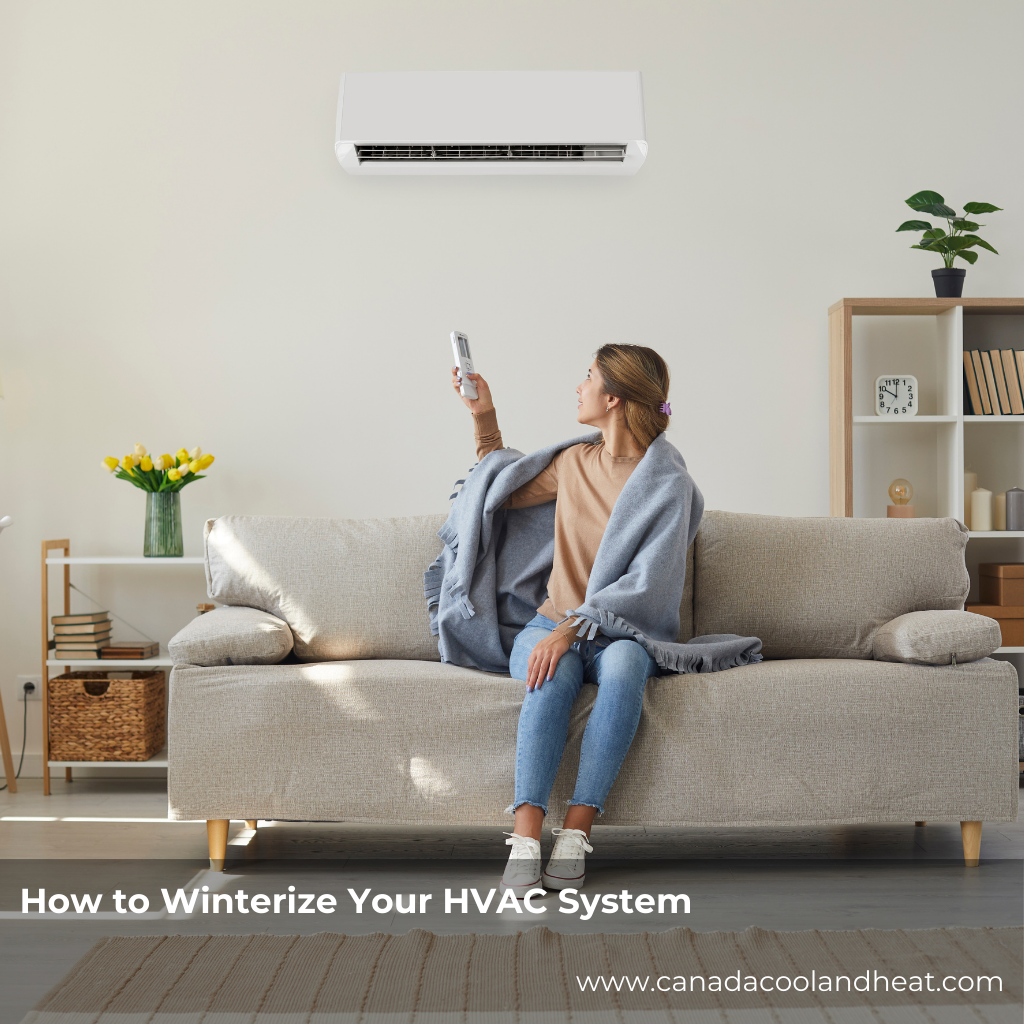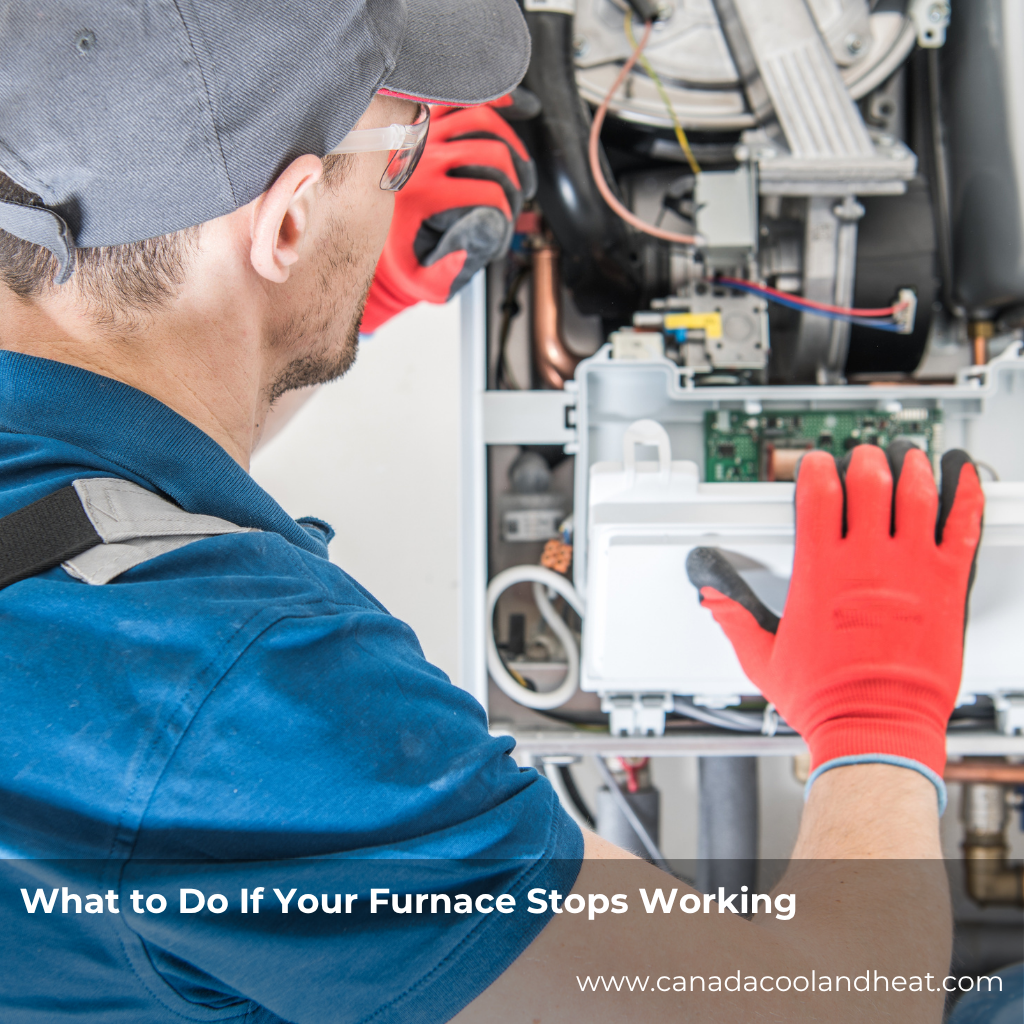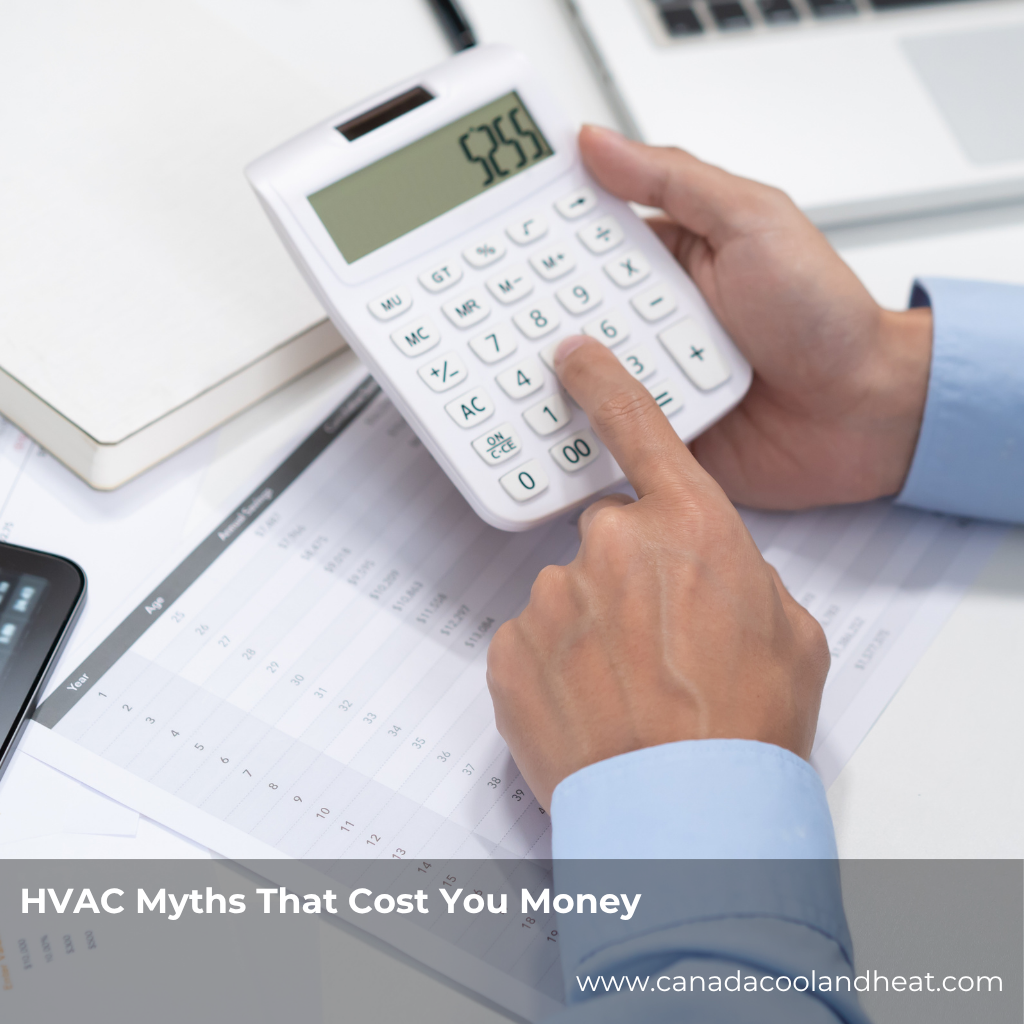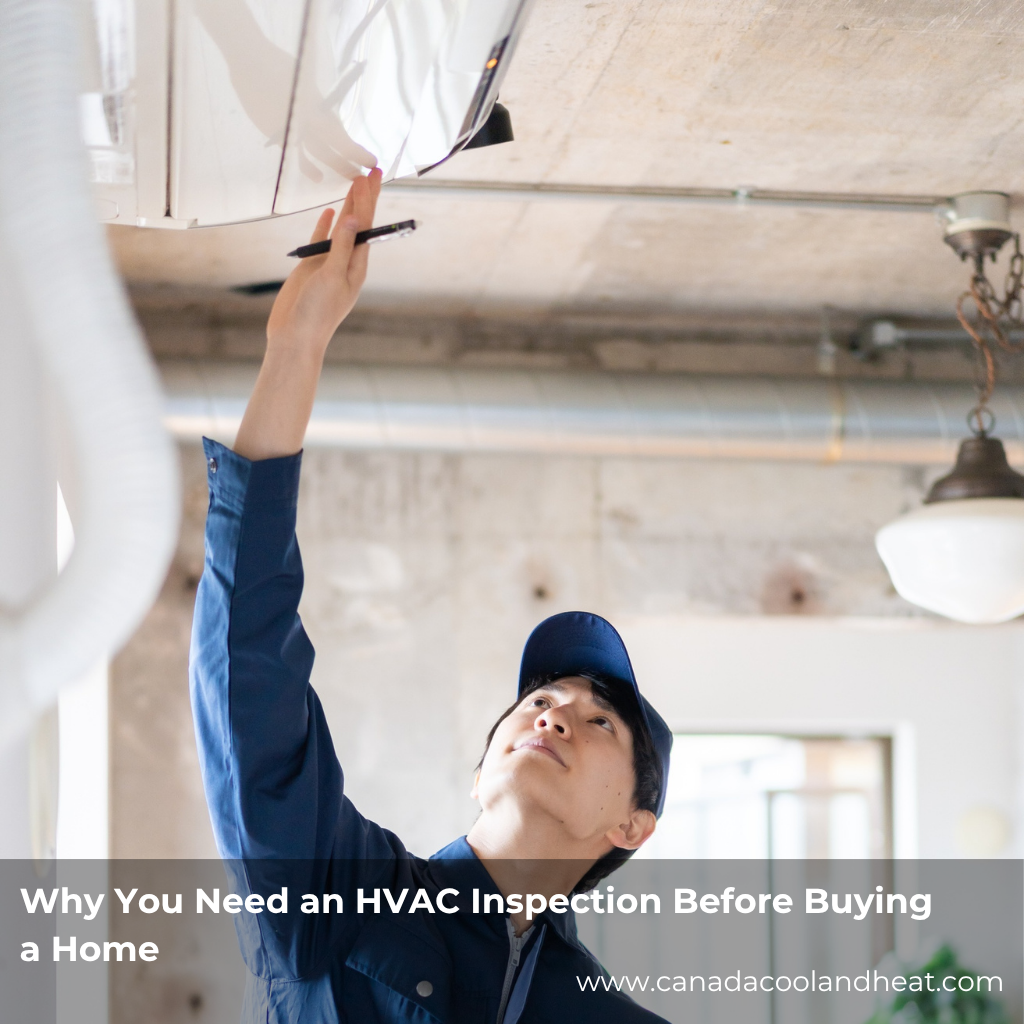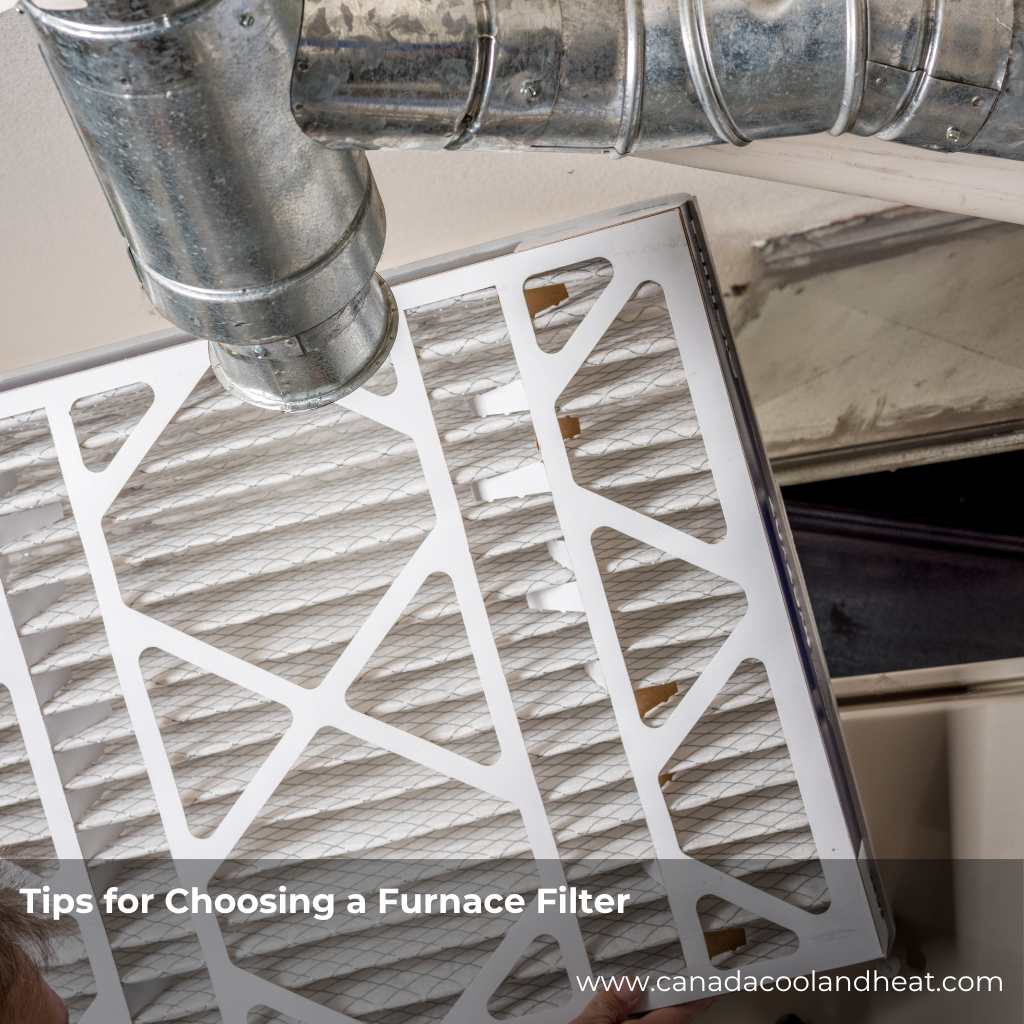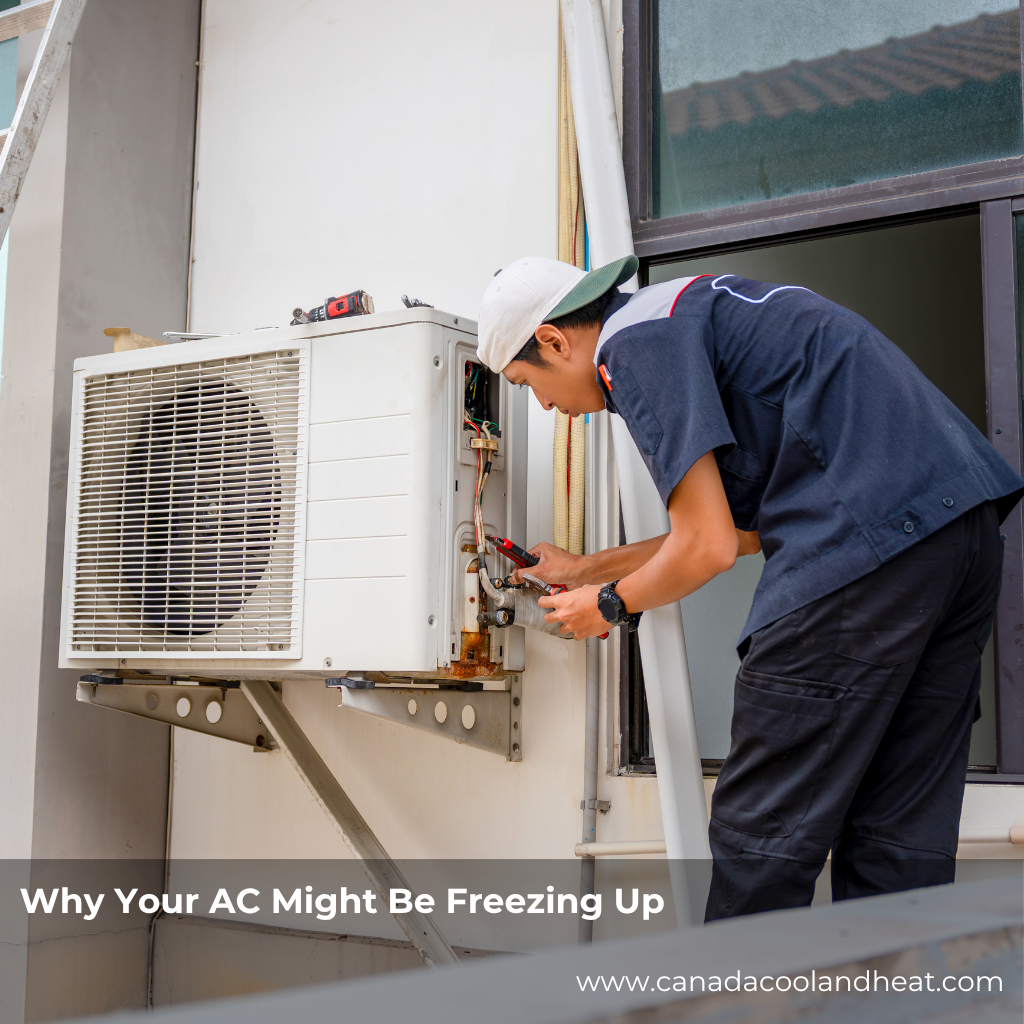Why Kitchen Ventilation Matters in Winter
Imagine cooking a holiday meal: steam rising from pots, aromas filling the air, and the oven humming. Without ventilation, all that heat, smoke, and grease-laden vapor lingers. A good vent hood keeps the air clean—but it does more than just whisk away smells.
-
Moisture control: Cooking releases water vapor that, if unchecked, can contribute to condensation on windows and even mold growth.
-
Grease & particle removal: Tiny grease particles can travel through the house, settling on surfaces and even into ducts.
-
Indoor air quality: Proper ventilation reduces carbon monoxide and nitrogen dioxide levels from gas stoves.
The challenge? In winter, vent hoods can pull out heated indoor air, forcing your HVAC system to work harder.
The Tug-of-War: Range Hoods vs. HVAC Balance
Here’s a real-world story. A homeowner in Minnesota called her HVAC technician in December because her living room felt unusually chilly every time she cooked. After a little detective work, the culprit was obvious: her oversized kitchen vent hood.
The hood was pulling out 700 cubic feet of air per minute (CFM)—great for removing smoke, but it created negative pressure in the house. That pressure imbalance drew cold outside air in through cracks, around doors, and even down the chimney.
This “tug-of-war” between vent hood HVAC kitchens is common:
-
Large exhaust hoods remove massive amounts of air quickly.
-
HVAC systems are designed to supply and heat a specific volume of air.
-
Without balance, you end up with drafts, energy loss, and comfort issues.
Sizing Guidelines for Range Hoods
Choosing the right vent hood size makes all the difference. The key is to match airflow to both the cooking equipment and the HVAC system.
For Residential Kitchens
-
Electric cooktops: A hood with 100 CFM for every 10 inches of stove width works well.
-
Gas cooktops: Aim for 100 CFM per 10,000 BTUs of burner output.
-
Wall-mounted hoods: Typically 300–600 CFM is sufficient for most homes.
-
Island hoods: Because they capture air from all sides, they may need slightly higher ratings.
For Commercial Kitchens
-
Light-duty appliances (ovens, steamers): ~200–300 CFM per linear foot.
-
Medium-duty appliances (ranges, griddles): ~300–400 CFM per linear foot.
-
Heavy-duty appliances (charbroilers, fryers): 400–600 CFM per linear foot.
Pro Tip: Balance is Key
If your vent hood exceeds 400 CFM, many building codes require a make-up air system—essentially a way to bring in fresh, tempered air so your HVAC isn’t fighting against negative pressure.
Winterizing Your HVAC with a Kitchen in Mind
So how do you keep your home warm and your air clean when the hood is running? Here are a few strategies:
-
Seal the Envelope – Before winter, check for leaks around doors, windows, and ducts. This reduces how much cold air gets sucked in when your hood runs.
-
Install a Make-Up Air System – For high-powered hoods, this is a must. It introduces fresh air directly to the kitchen, often preheated, to keep balance.
-
Adjust Hood Usage – Turn on the hood only as strong as needed. Many models have variable speed controls—use them wisely.
-
HVAC Checkup – Schedule a winter inspection. Technicians can adjust blower speeds and airflow to better harmonize with your kitchen’s demands.
-
Consider Energy Recovery Ventilators (ERVs) – These devices exchange stale indoor air with fresh outdoor air while recovering heat—ideal for homes with tight envelopes.
Bringing It All Together
When you think of winterizing, your first instinct might be “insulate and seal.” While that’s crucial, don’t forget the kitchen. Vent hood HVAC kitchens are a balancing act: you need enough exhaust to stay healthy but not so much that your furnace is constantly battling drafts.
Sizing the hood properly, adding make-up air if necessary, and keeping your HVAC tuned will give you the best of both worlds—clean air in the kitchen and cozy comfort everywhere else.
FAQs
1. Do range hoods always pull heated air out of the house?
Yes, all exhaust hoods remove conditioned indoor air. The key is sizing them correctly and adding make-up air if needed to avoid imbalance.
2. How do I know if my hood is too powerful?
If you notice drafts, whistling around doors, or rooms cooling off whenever the hood runs, it may be oversized or unbalanced with your HVAC system.
3. Can I vent my hood back into the kitchen instead?
Recirculating hoods with filters exist, but they don’t remove moisture or gases effectively. For serious cooking, outdoor venting is recommended.
4. Do commercial kitchens handle HVAC differently than homes?
Yes, commercial kitchens typically use dedicated make-up air units and stronger hoods due to heavier cooking loads and code requirements.
5. What’s the benefit of make-up air systems?
They prevent negative pressure, improve comfort, and protect combustion appliances (like furnaces and water heaters) from back-drafting.
6. How often should I clean my range hood filter?
For residential kitchens, every 1–3 months depending on usage. Commercial kitchens often require weekly or even daily cleaning.
7. Is winterization just about sealing leaks?
Not at all—winterization also means balancing ventilation, inspecting HVAC components, and ensuring indoor air quality isn’t sacrificed for efficiency.
8. Does a bigger hood always mean better air quality?
Not necessarily. Oversized hoods can waste energy and cause comfort issues. Proper sizing is more important than raw power.

